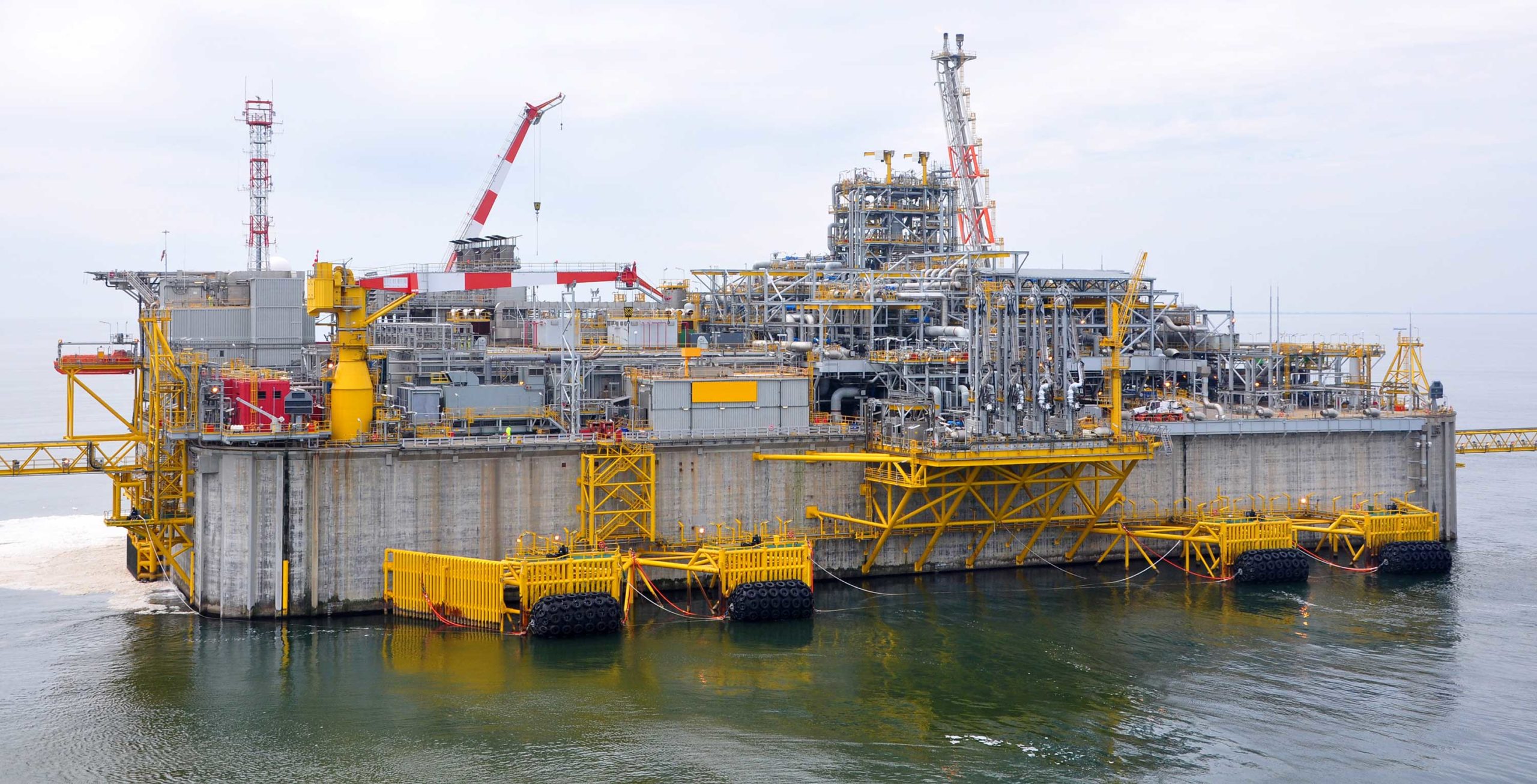A Boost for Regasification Units
The LNG industry continues to struggle through a prolonged storm of low prices, with LNG spot prices struggling due to oversupply. Henry Hub and Japan’s LNG spot prices declined by 28% and 57% respectively in August 2016 compared to the same period in 2014. A lower for longer scenario has led to a pause in the sanctioning of new build floating liquefaction units. In recent years, the conversion of existing LNG carriers to liquefaction facilities has been a popular development approach – this method is seen as a cheaper alternative, despite capacity restrictions. The first converted liquefaction unit will be the GoFLNG Hili unit which is expected to start-up Q3 2017. This fledgling technology is forecast to experience a second wave of project start-ups by the end of the decade, with Golar’s Gimi and Gandria highlights of projects currently under consideration.
Global FLNG Expenditure 2009-2022
Source: Douglas-Westwood, World FLNG Market Forecast 2016-2022
Despite near-term concerns, Douglas Westwood’s World FLNG Market Forecast 2017-2022 expects Capex on FLNG facilities to total $41.6 billion, with liquefaction units accounting for 59% of total spend. Expenditure on floating import facilities is forecast to total $16.9bn – a 220% increase compared to the 2009-2015 period. This is due to a large number of projects going ahead in countries that have never had floating import vessels before. In addition, a number of countries will increase their current capacity, as investors take advantage of the short lead times and the relocation flexibility of floating regasification units compared to land based facilities. Other key drivers include diversification of sources of energy and commitments towards reducing global emissions – with the US and China agreeing to ratify the Paris climate deal and encouraging other nations to follow suit.
The future of FLNG looks positive, due to the abundance of offshore gas reserves and the flexibility of LNG as a source of energy. Furthermore, the industry is moving away from its long standing supply contracting model, as companies now increasingly rely on the spot market to supply long-term LNG contracts to take advantage of low commodity prices.
Mark Adeosun, [email protected]
LinkedIn





